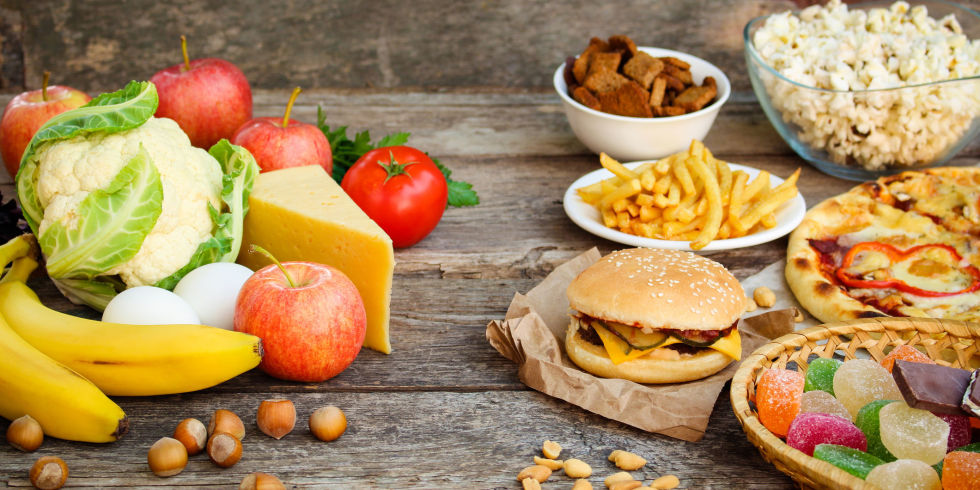Anyone with a sweet tooth or penchant for carbohydrates will know the struggle of moderation…
Someone buys you a box of chocolates and it takes all your willpower to not eat the whole selection, or you open a packet of biscuits, and before you know it, half have disappeared into your mouth.
The problem is foods high in fat and sugar tend to be highly addictive too.
According to a recent study, by researchers from Colorado State University, there are certain foods that are much more addictive than others. The study results suggested that highly processed foods are more likely to be addictive, and can lead to ‘food addiction’.

In the study, 35 foods were analysed. Here are the ones to avoid…
The 10 most addictive foods (and the healthy alternative)
1. Pizza
Instead try… Portobello mushroom pizza
2. Chocolate
Intsead try… Fruit or, if you must have chocolate, make sure it’s dark
3. Crisps
Instead try… Mixed nuts
4. Biscuits
Instead try… Crispbread
5. Ice cream
Instead try… Natural yoghurt
6. Chips
Instead try… Sweet potato fries
7. Cheeseburgers
Instead try… Jacket potato
8. Fizzy drinks
Instead… Herbal tea
9. Cake
Instead try… Dried fruit
10. Cheese
Instead try… Feta
All foods on the addictive list are processed, apart from cheese, which is high in fat. They are all likely to raise blood sugar quickly.

The results also revealed the least addictive foods, which were found to be free from refined carbohydrates and added fat.
The 10 least addictive foods
- Cucumber
- Carrots
- Beans (no sauce)
- Apples
- Brown rice (plain)
- Broccoli
- Bananas
- Salmon
- Corn (no butter or salt)
- Strawberries
“This is a first step towards identifying specific foods, and properties of foods, which can trigger this addictive response,” Dr Nicole Avena, one of the study’s co-authors and an assistant professor of pharmacology and systems therapeutics, told The Independent.
“This could help change the way we approach obesity treatment. It may not be a simple matter of ‘cutting back’ on certain foods, but rather, adopting methods used to curtail smoking, drinking and drug use.”












